Sensitivity of Vegetation on Alpine and Subalpine Timberline in Qinling Mountains to Temperature Change
Abstract
1. Introduction
2. Materials and Methods
2.1. Study Area
2.2. Data Compilation
2.3. Research Methods
2.3.1. Remote Sensing Image Processing and Classification
2.3.2. Auxiliary Interpolation Method Based on DEM
3. Results
3.1. Extraction of Typical Timberline Regions in Qinling Mountains
3.2. Analysis of NDVI and Temperature Change Characteristics in Typical Timberline Regions
3.3. Analysis of the Correlation between NDVI and Temperature in Typical Timberline Areas
3.4. Correlation between NDVI and Cumulative Temperature in Typical Timberline
3.5. Threshold Analysis of Response of Timberline Vegetation to Temperature Change in Taibai Mountain
4. Discussion
5. Conclusions
Author Contributions
Funding
Conflicts of Interest
References
- Working Group, I Contribution to the IPCC Fifth Assessment Report Climate Change 2013: The Physical Science Basis Summary for Policymakers. Available online: https://www.ipcc.ch/ (accessed on 13 January 2015).
- Xie, J.F.; Mao, D.H.; Ren, C.Y. Advances in remote sensing analysis of vegetation-climate relationship. J. Northeast Norm. Univ. (Nat. Sci. Ed.) 2011, 3, 145–150. [Google Scholar]
- Seidl, R.; Thom, D.; Kautz, M.; Martin-Benito, D.; Peltoniemi, M.; Vacchiano, G.; Wild, J.; Ascoli, D.; Petr, M.; Honkaniemi, J.; et al. Forest disturbances under climate change. Nat. Clim. Chang. 2017, 7, 395–402. [Google Scholar] [CrossRef] [PubMed]
- Navarro, L.; Morin, H.; Bergeron, Y.; Montoro Girona, M. Changes in Spatiotemporal Patterns of 20th Century Spruce Budworm Outbreaks in Eastern Canadian Boreal Forests. Front. Plant Sci. 2018, 9, 1905. [Google Scholar] [CrossRef] [PubMed]
- Korenr, K.C.; Paulsen, P.J. A world-wide study of high-altitude tree line temperatures. J. Biogeogr. 2004, 31, 713–732. [Google Scholar] [CrossRef]
- Wang, Y.F.; Liang, E.Y. Tree line fluctuation and climate change research progress. J. Geoenviron. 2012, 3, 855–861. [Google Scholar]
- Zeng, L.B.; Wang, X.P.; Chang, J.F. The relationship between tree ring width and climate change in the ecotone of Qinghai spruce alpine timberline in the middle part of Qilian Mountain. J. Beijing For. Univ. 2012, 34, 50–56. [Google Scholar] [CrossRef]
- Zhang, L.J.; Liu, G. Response of Picea crassifolia population to climate change in Qilian Mountain timberline region. For. Sci. 2012, 48, 18–21. [Google Scholar] [CrossRef]
- Zhang, Q.B.; Lv, L.X. The relationship between tree growth and climate on alpine forestline in Tibet. In Proceedings of the Botany in the Construction of Ecological Civilization: The Present and the Future—The 15th Member Congress of the Chinese Botanical Society and the 80th Anniversary Academic Conference, Nanchang, China, 13 October 2013. [Google Scholar]
- Yu, J.; Xu, Q.Q.; Liu, W.H. Response of Radial Growth of Larix olgensis to Climate Change at Different Altitudes on the Eastern Slope of Changbai Mountain. J. Plant Ecol. 2016, 40, 24–35. [Google Scholar] [CrossRef][Green Version]
- Wang, X.D.; Liu, H.Q.; Dong, W.H. A comparative analysis of the response of Rhododendron bark and Chapter Leaf on the western slope of Changbai Mountain to temperature rise. Geogr. Stud. 2015, 34, 1044–1052. [Google Scholar] [CrossRef]
- Edwards, M.; Henry, G.H.R.; Kühn, L.; Ingolf, I. The effects of long-term experimental warming on the structure of three High Arctic plant communities. J. Veg. Sci. 2016, 21, 1021–1035. [Google Scholar] [CrossRef]
- Huang, X.Y.; Bai, H.Y.; Su, K. Response and mechanism of Larix chinensisi to temperature change in Qinling Mountains. J. Ecol. 2017, 36, 1832–1840. [Google Scholar] [CrossRef]
- Guo, S.H.; Bai, H.Y.; Meng, Q. Landscape pattern change and its response to human disturbance in Qinling region from 1980 to 2015. J. Appl. Ecol. 2018, 29, 4080–4088. [Google Scholar] [CrossRef]
- Su, K.; Bai, H.Y.; Zhang, Y. Reconstruction of precipitation change characteristics of Taibai Mountain in Qinling Mountains over 160 years based on tree ring-climate data. J. Ecol. 2018, 37, 1467–1475. [Google Scholar] [CrossRef]
- Li, P.X. Changes of Vegetation on the Ice Crystal Top of Qinling Mountains and Its Response to Climate Change. Master’s Thesis, Northwest University, Xi’an, China, 2015. [Google Scholar]
- Wang, Y.; Xue, Z.; Chen, J.; Chen, G. Spatio-temporal analysis of phenology in Yangtze River Delta based on MODIS NDVI time series from 2001 to 2015. Front. Earth Sci. 2019, 13, 92–110. [Google Scholar] [CrossRef]
- Padhee, S.K.; Dutta, S. Spatio-Temporal Reconstruction of MODIS NDVI by Regional Land Surface Phenology and Harmonic Analysis of Time-Series. GISci. Remote Sens. 2019, 56, 1–28. [Google Scholar] [CrossRef]
- Xing, Z.C.; Li, G.M. Intelligent Classification Method of Remote Sensing Image Based on Big Data in Spark Environment. Int. J. Wirel. Inf. Netw. 2019, 26, 1325–1340. [Google Scholar] [CrossRef]
- Mo, S.G.; Zhang, B.P. Simulation of temperature field in Qinling Mountains based on DEM. J. Mt. 2007, 25, 406–411. [Google Scholar] [CrossRef]
- Wan, L.; Zhang, Z.; Dong, C. The Study on Influence Factors of Reference Crop Evapotranspiration in Hanjiang River Basin and Its Spatio-Temporal Change. J. South China Norm. Univ. 2017, 49, 73–81. [Google Scholar]
- Bai, H.Y.; Ma, X.P.; Gao, X.; Hou, Q.L. Temperature and 0 °C isotherm changes in Qinling Mountains in January based on DEM. J. Geogr. 2012, 67, 1443–1450. [Google Scholar]
- Ma, X.P.; Bai, H.Y.; Guo, S.; Deng, C.H.; Han, S.S. Study on the vertical decline rate of air temperature in Taibai Mountain of Qinling Mountains. Resour. Environ. Arid Areas 2017, 31, 139–144. [Google Scholar] [CrossRef]
- Liu, D.; Penuelas, J.; Ogaya, R.; Estiarte, M.; Tielbörger, K.; Slowik, F.; Yang, X.; Bilton, M.C. Species selection under long-term experimental warming and drought explained by climatic distributions. New Phytol. 2017, 217, 1494–1506. [Google Scholar] [CrossRef]
- Pang, B.; Zhang, P.Y.; Cheng-Peng, L.U. Dynamic response and variance of vegetation in China from 1982 to 2015 under the asymmetric rate of temperature fluctuation. Chin. J. Appl. Ecol. 2018, 29, 2362–2372. [Google Scholar] [CrossRef]
- Hou, J.; Du, L.; Liu, K.; Hu, Y.; Zhou, Y. Characteristics of vegetation activity and its responses to climate change in desert/grassland biome transition zones in the last 30 years based on GIMMS3g. Theor. Appl. Climatol. 2018, 136, 915–928. [Google Scholar] [CrossRef]
- Wang, L.H.; Feng, T.; Wang, Y.H.; Wu, Z.; Schurgers, G.; Fensholt, R. Acceleration of global vegetation greenup from combined effects of climate change and human land management. Glob. Chang. Biol. 2018, 24, 256–266. [Google Scholar] [CrossRef]
- Arno, S.F. Timberline Mountain & Arctic Forest Frontiers, 3rd ed.; The Mountaineers: Washington, DC, USA, 1984; pp. 102–103. [Google Scholar]
- Ferrari, C. Timberline and Alpine Vegetation in the Northern Apennines: Bioclimate Scenery and Vegetation Diversity. In Climate Gradients and Biodiversity in Mountains of Italy; Springer: Cham, Switzerland, 2018; pp. 109–124. [Google Scholar] [CrossRef]
- Naqinezhad, A.; Esmailpoor, A. Flora and vegetation of rocky outcrops/cliffs near the Hyrcanian forest timberline in the Mazandaran mountains, northern Iran. Nord. J. Bot. 2017, 35, 22–33. [Google Scholar] [CrossRef]
- Johnston, V.E.; Borsato, A.; Frisia, S.; Spötl, C.; Dublyansky, Y.; Töchterle, P.; Hellstrom, J.C.; Bajo, B.; Edwards, R.L.; Cheng, H. Evidence of thermophilisation and elevation-dependent warming during the Last Interglacial in the Italian Alps. Sci. Rep. 2018, 8, 2680. [Google Scholar] [CrossRef]
- Łajczak, A.; Lamorski, T. Economic use of the Babia Góra Massif and the assessment of anthropogenic changes in the course of the timberline. Geogr. Pol. 2015, 88, 115–138. [Google Scholar] [CrossRef]
- Kaczka, R.J.; Czajka, B.; Łajczak, A.; Nicia, P.; Szwagrzyk, J. The timberline as result of the interactions among forest, abiotic environment and human activity in the Babia Góra Mt. Western Carpathians. Geogr. Pol. 2015, 88, 177–191. [Google Scholar] [CrossRef]
- Orbán, I.; Birks, H.H.; Vincze, I.; Finsinger, W.; Pál, I.; Marinova, E.; Jakab, G.; Braun, M.; Hubay, K.; Bíró, T. Treeline and timberline dynamics on the northern and southern slopes of the Retezat Mountains (Romania) during the late glacial and the Holocene. Quat. Int. 2017, 477, 59–78. [Google Scholar] [CrossRef]
- Vincze, I.; Orbán, I.; Birks, H.H.; Pál, I.; Finsinger, W.; Hubay, K.; Marinova, E.; Jakab, G.; Braun, M.; Biró, T.; et al. Holocene treeline and timberline changes in the South Carpathians (Romania): Climatic and anthropogenic drivers on the southern slopes of the Retezat Mountains. Holocene 2018, 27, 359–371. [Google Scholar] [CrossRef]
- Arekhi, M.; Yesil, A.; Ozkan, U.Y.; Sanli, F.B. Detecting tree line dynamics in response to climate warming using forest stand maps and Landsat data in a temperate forest. For. Ecosyst. 2018, 5, 311–324. [Google Scholar] [CrossRef]
- Cheng, Y.; Liu, H.; Wang, H. Contrasting effects of winter and summer climate on alpine timberline evolution in monsoon-dominated East Asia. Quat. Sci. Rev. 2017, 169, 278–287. [Google Scholar] [CrossRef]
- Guo, B.D.; Wang, X.C.; Zhang, Y.D. Effects of threshold temperature and accumulated temperature on radial growth of Abies fasciatus in Minjiang River of the western Sichuan plateau forest line. J. Ecol. 2019, 39, 895–904. [Google Scholar] [CrossRef]
- Qin, J.; Bai, H.Y.; Liu, R. Reconstruction of March-June mean air temperature along the timberline of Mount Taibai, Qinling mountains, northwest China, over the last 144 years. Acta Ecol. Sin. 2017, 37, 7585–7594. [Google Scholar] [CrossRef]
- Girona, M.; Rossi, S.; Lussier, J.-M.; Walsh, D.; Morin, H. Understanding tree growth responses after partial cuttings: A new approach. PLoS ONE 2017, 12, e0172653. [Google Scholar] [CrossRef]
- Montoro Girona, M.; Morin, H.; Lussier, J.-M.; Walsh, D. Radial Growth Response of Black Spruce Stands Ten Years after Experimental Shelterwoods and Seed-Tree Cuttings in Boreal Forest. Forests 2016, 7, 240. [Google Scholar] [CrossRef]
- Montoro Girona, M.; Navarro, L.; Morin, H. A secret hidden in the sediments: Lepidoptera scales. Front. Ecol. Evol. 2018, 6, 2. [Google Scholar] [CrossRef]
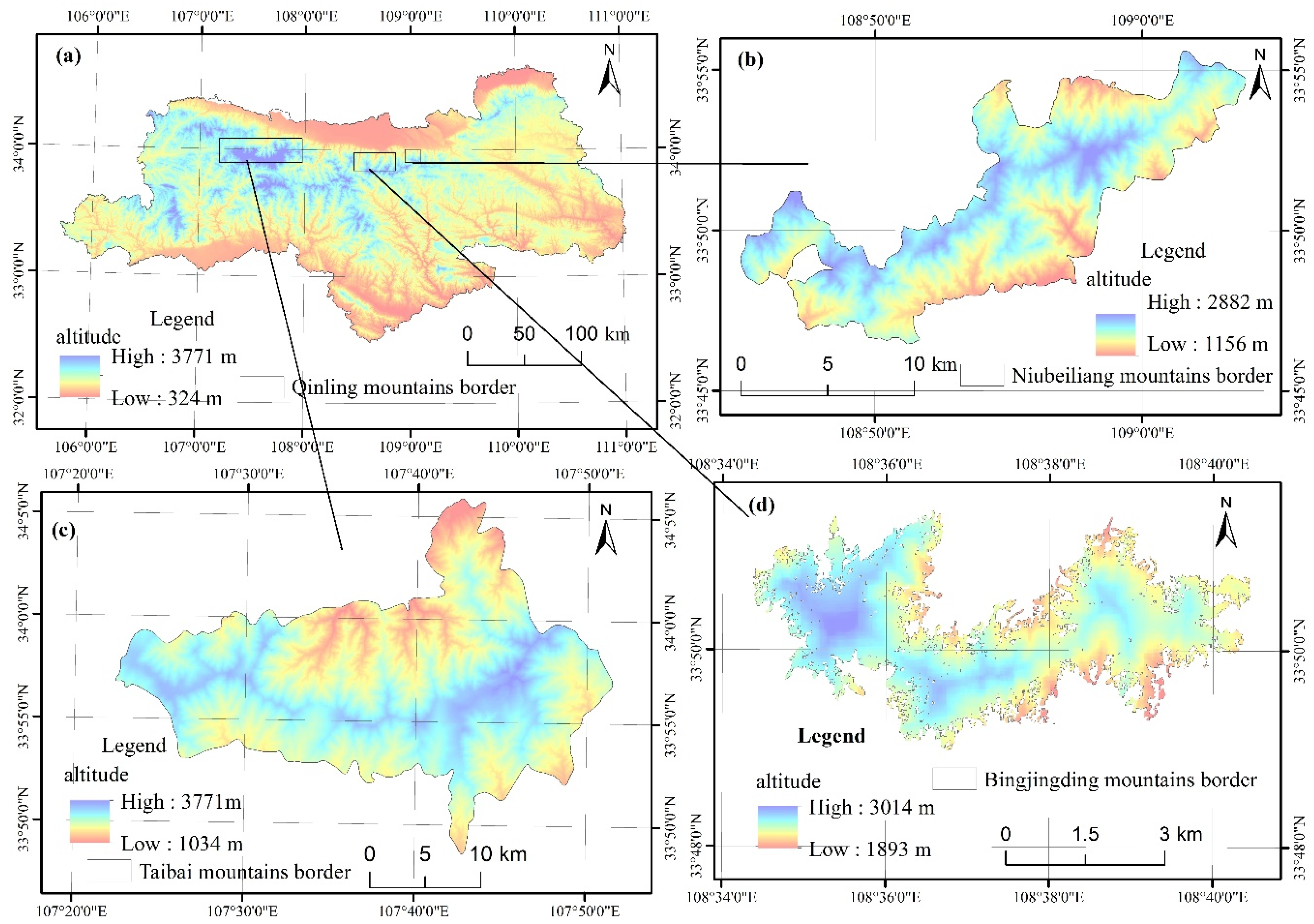
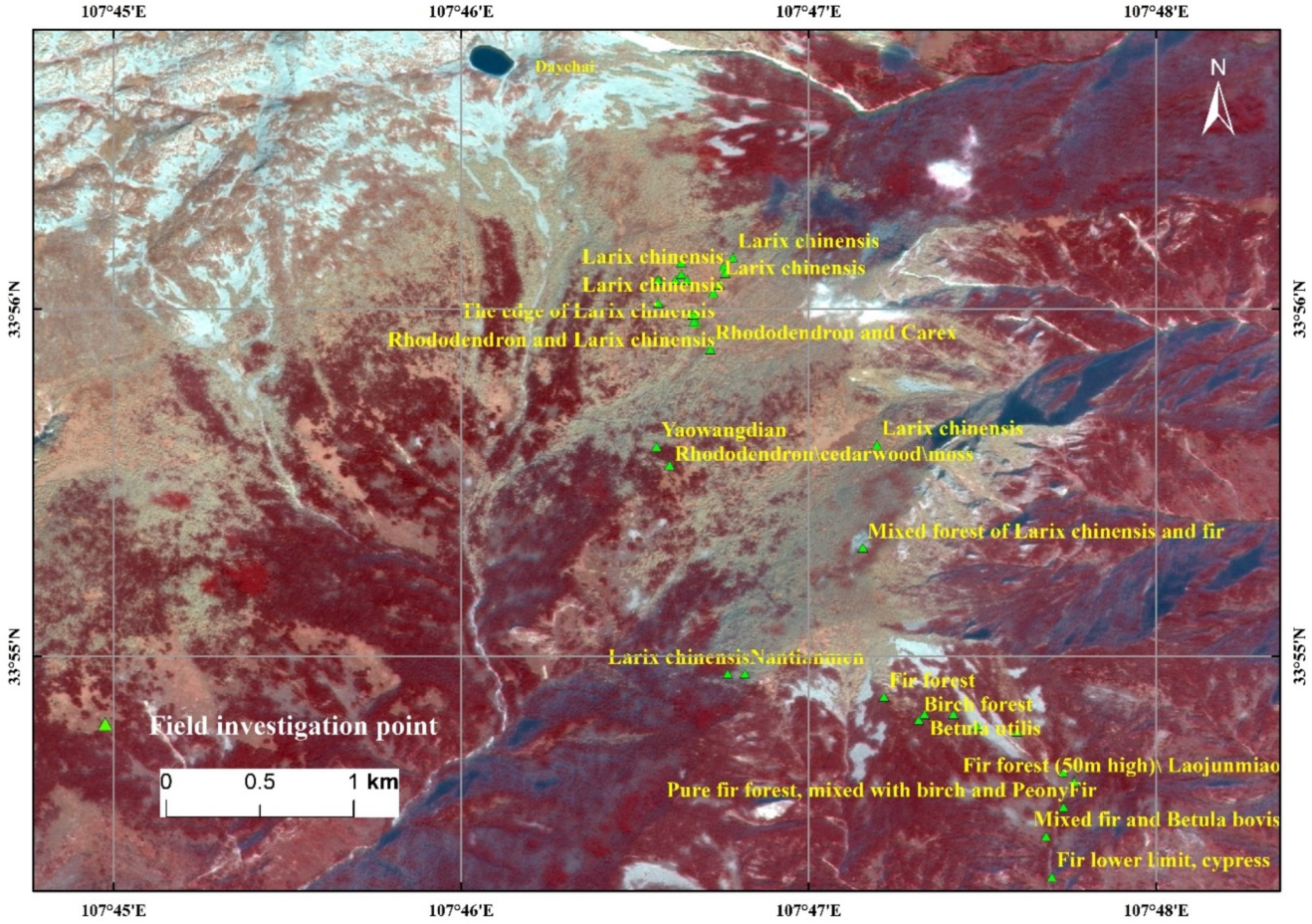
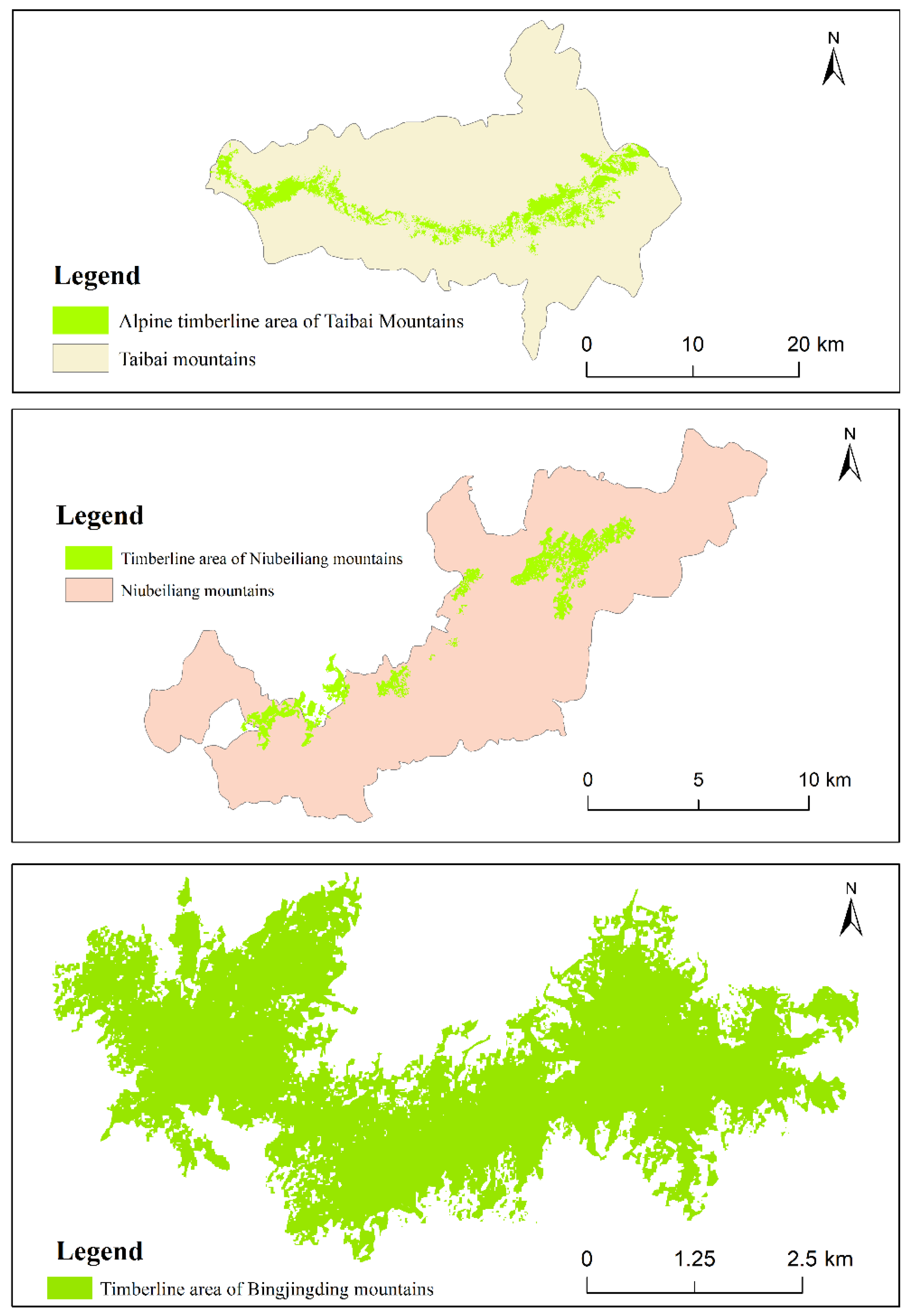

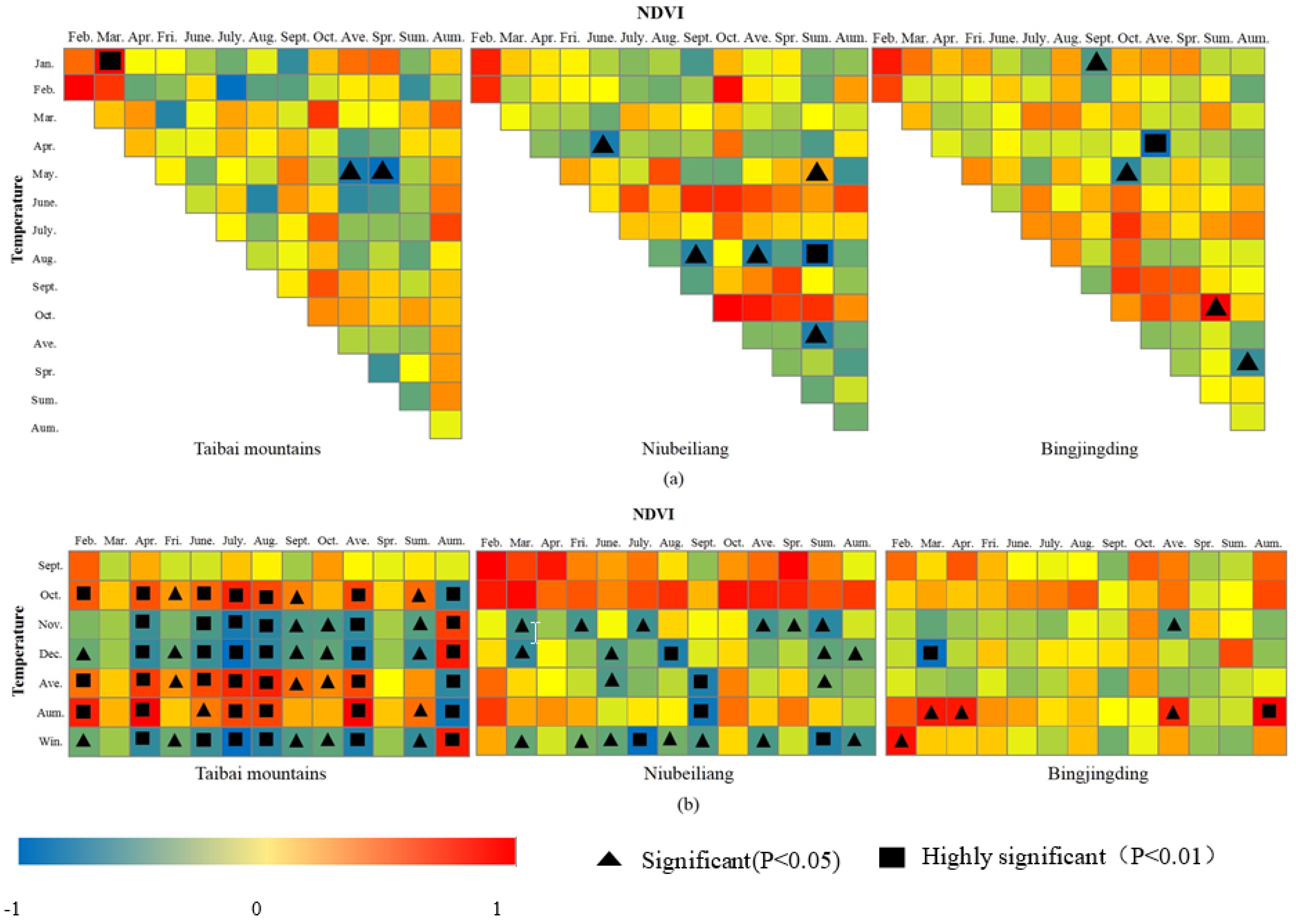
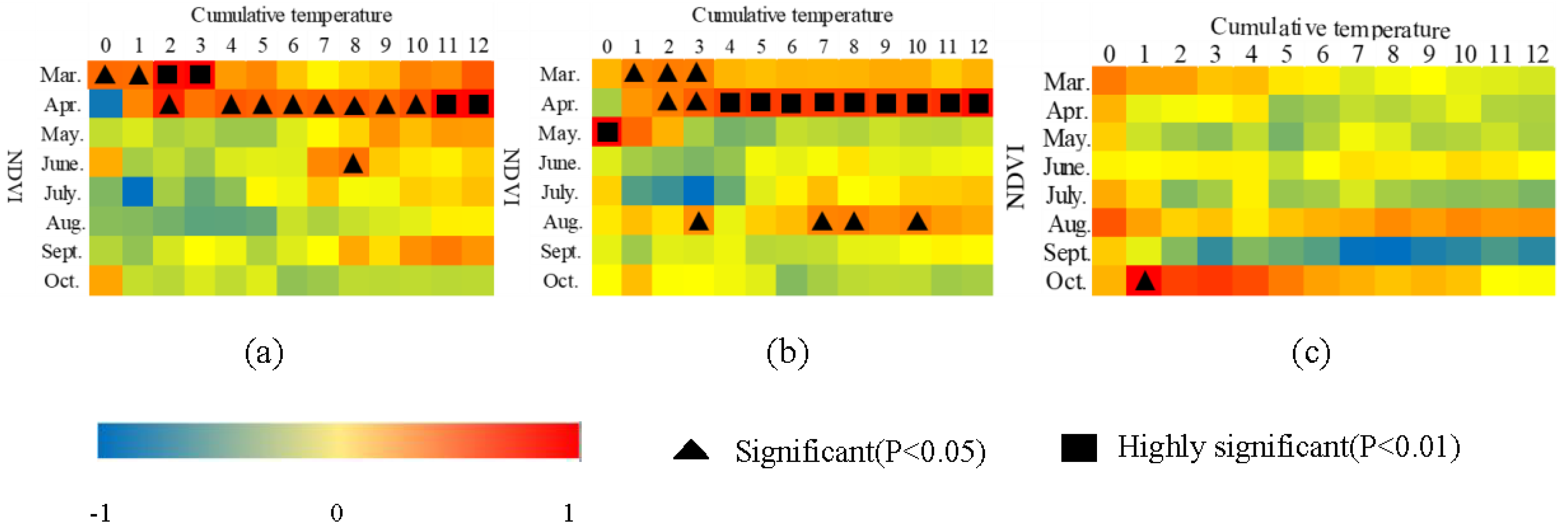
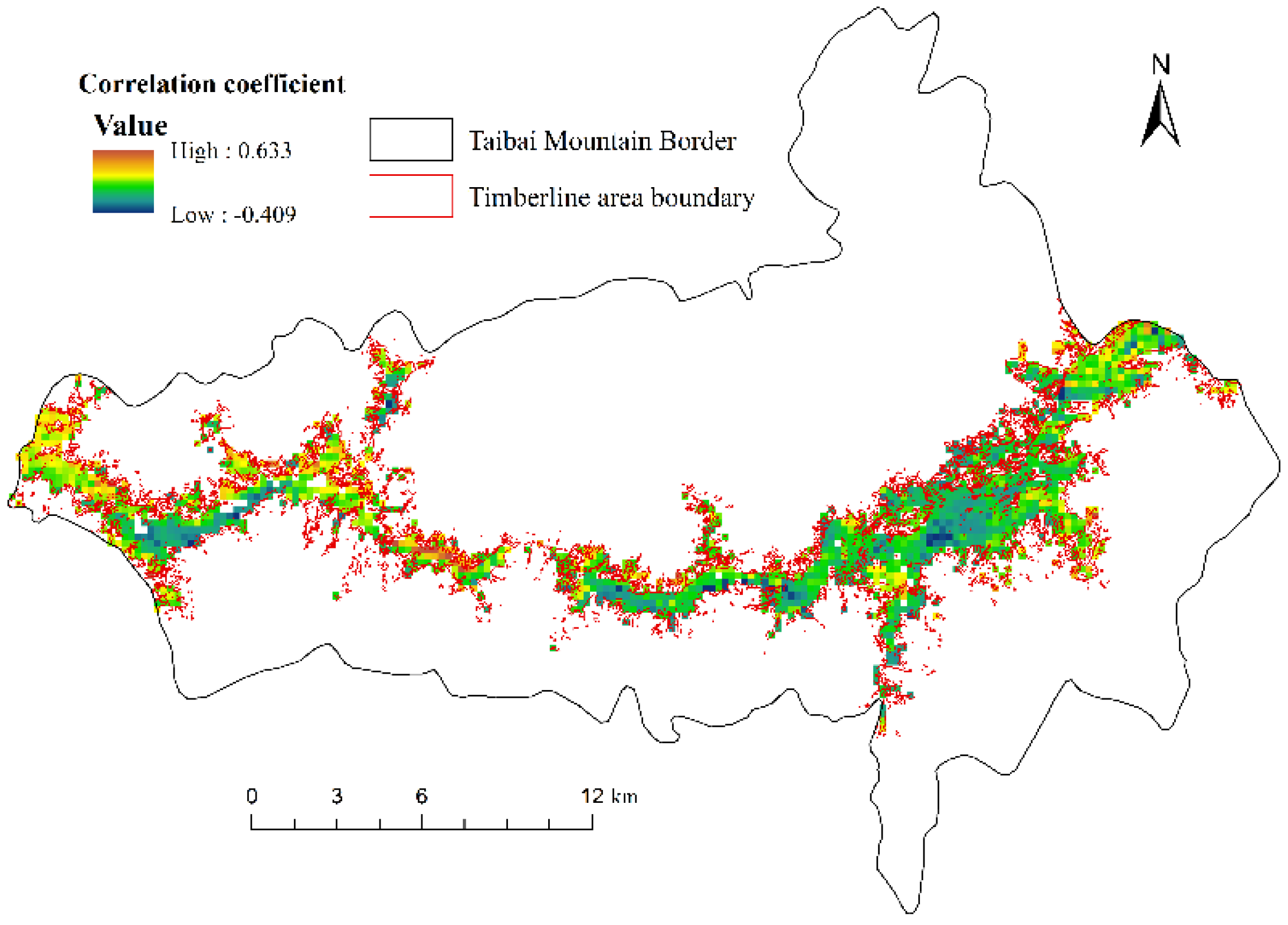
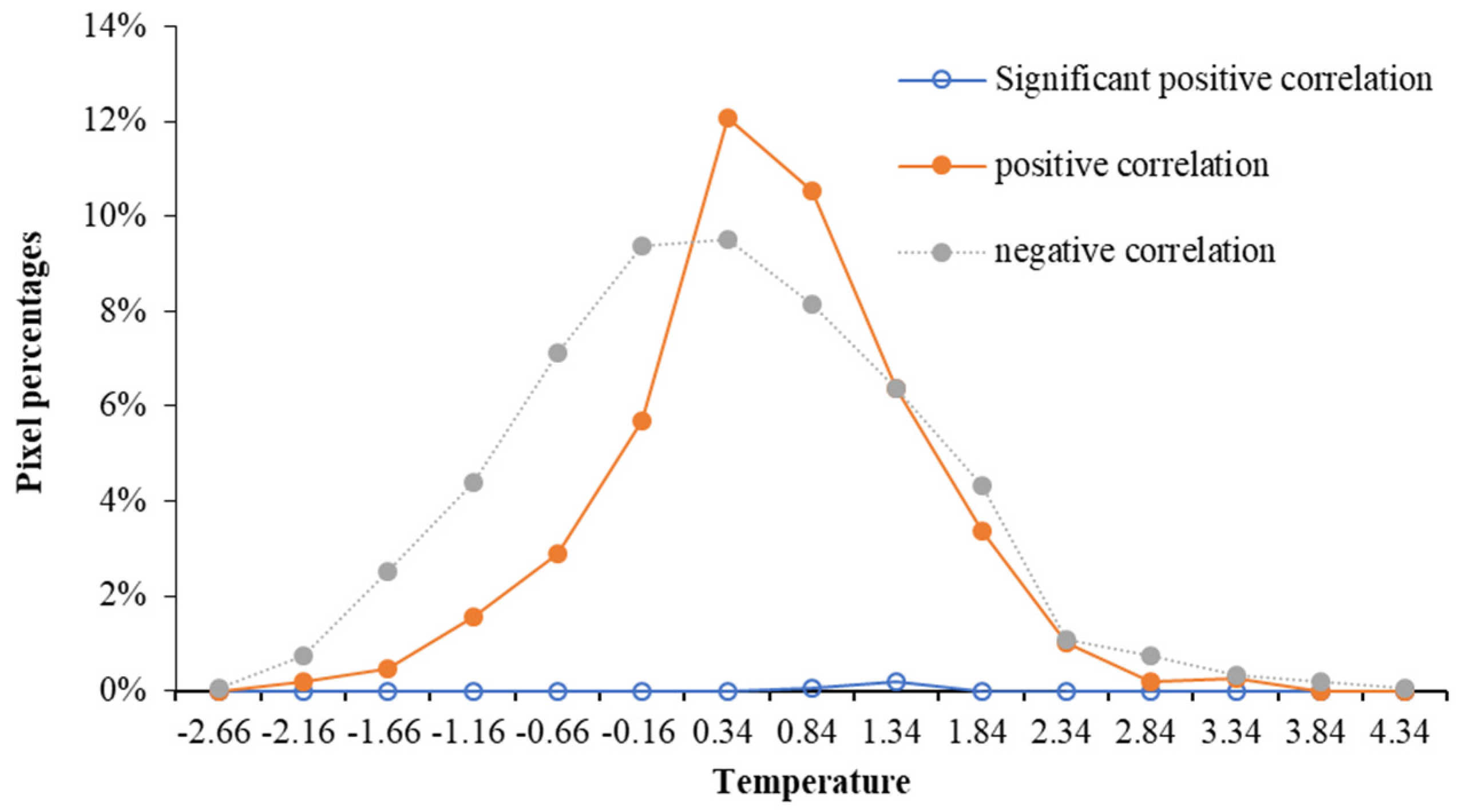

| Types of Objects | Image Characteristics | Distribution Situation |
|---|---|---|
| Accumulated snow | White | 3400 m or above |
| Alpine shrubs and meadows | Magenta | 3400 m or above |
| Abies fargesii | Dark green | 3100–3700 m |
| Larix chinensis | Crimson, purple | 3100–3500 m scattered distribution |
| Coniferous forest | Dark purple | 2400–3200 m |
| Mixed coniferous and broad-leaved forest | Lavender | 1700–2400 m |
| Birch forest | Cyan green | 2300–3000 m |
| Lake | Pink | Da Ye Hai and ER Ye Hai at the top of the mountain |
| River course, bare rock, stone sea | Pink, linear | Low altitude valley area, patchy top |
| Non forest land, others | Pink with white | Both sides of low altitude River |
| Kappa Coefficient | Classification Quality |
|---|---|
| <0.00 | Very poor |
| 0.00–0.2 | Poor |
| 0.0–0.4 | Commonly |
| 0.4–0.6 | Good |
| 0.6–0.8 | Very good |
| 0.8–1 | Excellent |
© 2019 by the authors. Licensee MDPI, Basel, Switzerland. This article is an open access article distributed under the terms and conditions of the Creative Commons Attribution (CC BY) license (http://creativecommons.org/licenses/by/4.0/).
Share and Cite
Ma, X.; Bai, H.; Deng, C.; Wu, T. Sensitivity of Vegetation on Alpine and Subalpine Timberline in Qinling Mountains to Temperature Change. Forests 2019, 10, 1105. https://doi.org/10.3390/f10121105
Ma X, Bai H, Deng C, Wu T. Sensitivity of Vegetation on Alpine and Subalpine Timberline in Qinling Mountains to Temperature Change. Forests. 2019; 10(12):1105. https://doi.org/10.3390/f10121105
Chicago/Turabian StyleMa, Xinping, Hongying Bai, Chenhui Deng, and Tao Wu. 2019. "Sensitivity of Vegetation on Alpine and Subalpine Timberline in Qinling Mountains to Temperature Change" Forests 10, no. 12: 1105. https://doi.org/10.3390/f10121105
APA StyleMa, X., Bai, H., Deng, C., & Wu, T. (2019). Sensitivity of Vegetation on Alpine and Subalpine Timberline in Qinling Mountains to Temperature Change. Forests, 10(12), 1105. https://doi.org/10.3390/f10121105




